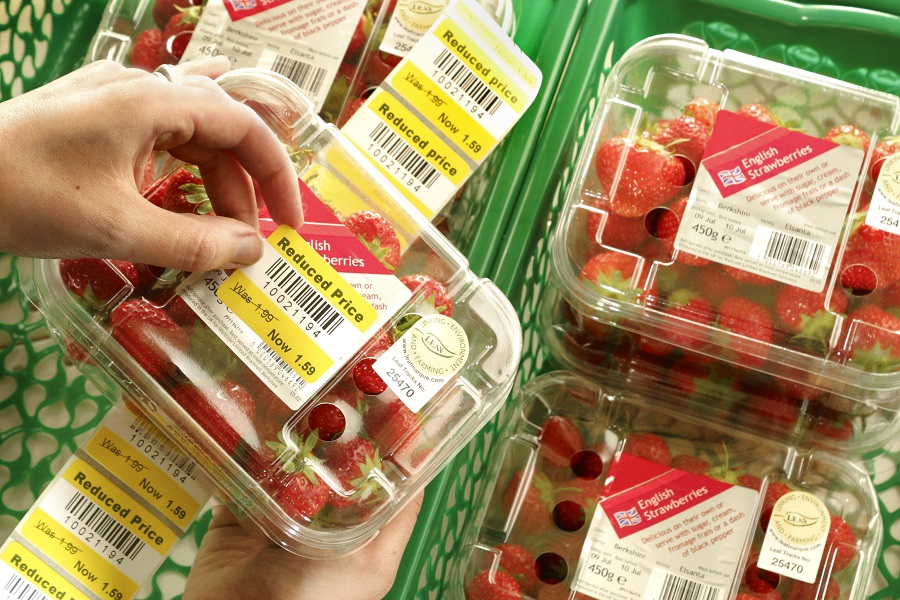Food and beverage manufacturers work under some of the most stringent labeling regulations and standards of any industry. From the EU General Food Law and the PRC Food Safety Law, to the U.S. Food Safety Management Act (FSMA), these food labeling laws are complex and frequently changing.
Labeling mistakes or omissions can lead to costly fines or recalls, or at least time-consuming relabeling efforts. In some cases, failure to meet labeling standards can lead to product stoppages or consumer injuries.
Here are three tips for ensuring compliance with food labeling laws:
Deploy Labeling Software: The best way to avoid labeling compliance problems is to have a solid labeling system in place, backed up by a robust compliance program.
The right labeling solution can reduce the cost and complexity of this compliance labeling, and help you manage and implement any labeling changes required as the rules and standards evolve. The labeling software should be secure and reliable, and integrate with your existing systems and workflows. You need a central source of accurate data that can be used across your labeling operations to ensure consistency.
For example, Seagull Scientific’s BarTender software can easily integrate with ERP systems and industrial scales, and provides centralized labeling control to connect business data with an entire network of printers and labeling equipment. The software also includes sample compliance labels (including global nutrition labeling, allergy labeling, and traceability).
The software also provides a secure, reliable audit trail to help food and beverage companies meet recall and tracking requirements. The Intelligent Templates feature makes it easy to adjust label designs and formats, and then apply them universally across the enterprise. It also includes hundreds of preformatted barcode components and supports RFID encoding.
Validate All Label Information: Nutrition labeling information must meet specific requirements. Nutrient content must be within 20 percent of the declared amount (for nutrients of concern, like fat, sugars, etc.), and naturally occurring nutrients should be at least equal 80 percent of their declared value. Similar rules apply for enrichments, additives, and other ingredients.
Validating that information (and any associated health claims) requires testing, backed up with enough documentation. Make sure you have readily available nutrition analysis or laboratory analysis data on hand to support your labeling information.
You should also conduct laboratory testing to ensure you have accurate shelf life information on the labels.
Be Proactive: Stay on top of regulatory changes, and have a label management process in place to manage compliance.
Keeping your data organized will be critical for compliance labeling success. If you don’t have centralized data that is well-managed and controlled, you could wind up generating labeling errors that could cost you both money and time.
Make sure your labels are legible and attractive. Just because you are required to include compliance information on your labels doesn’t mean they can’t be attractive. Food labels play a big role in branding, so make sure your label design is accurate, legible, and as uncluttered as possible. Your label design software should make this process simple and easy to use.
It should also be easy to apply any template changes within the software across all labels or departments to ensure those changes are adopted consistently.
Automation is also important for compliance with food labeling laws. Your labeling software should make it easy for employees to find and print the correct label with minimal manual intervention.
If you are utilizing a third-party label provider, avoid buying in bulk. Over-purchasing labels is a waste of time and money, given how frequently regulations change or new certifications are introduced.
Finally, for companies selling food/beverage products in the U.S., you can submit labels for authentication through the USDA’s eAuthentication Label Submission and Approval System.
Compliance with food labeling laws is important for consumer safety, as well as avoiding costly fines and recalls that can damage your brand. By putting a compliance management process in place, supported by secure, accurate barcode labeling software, you can ensure your labels are accurate in the most cost effective manner.




